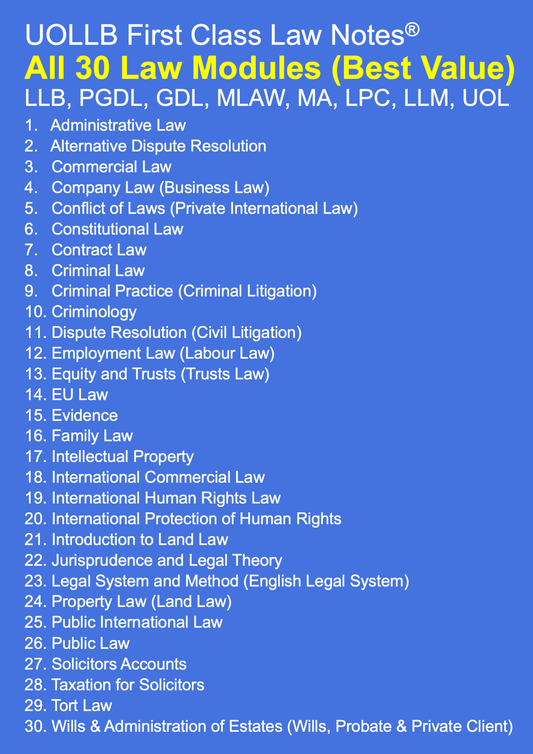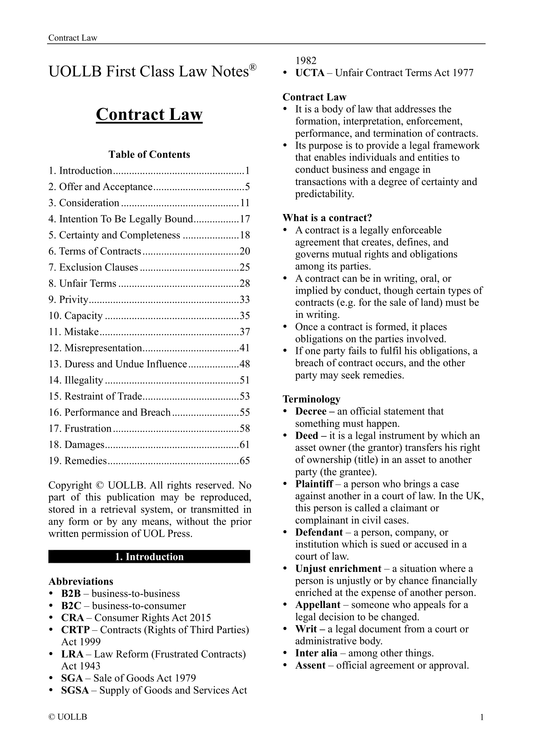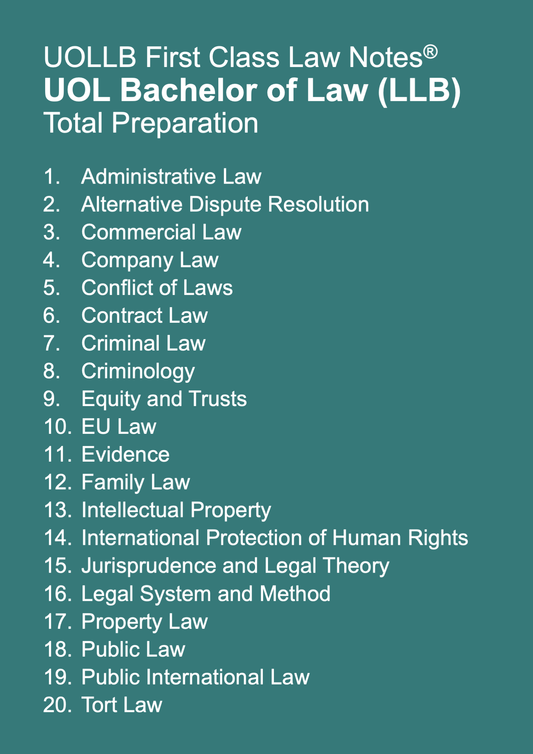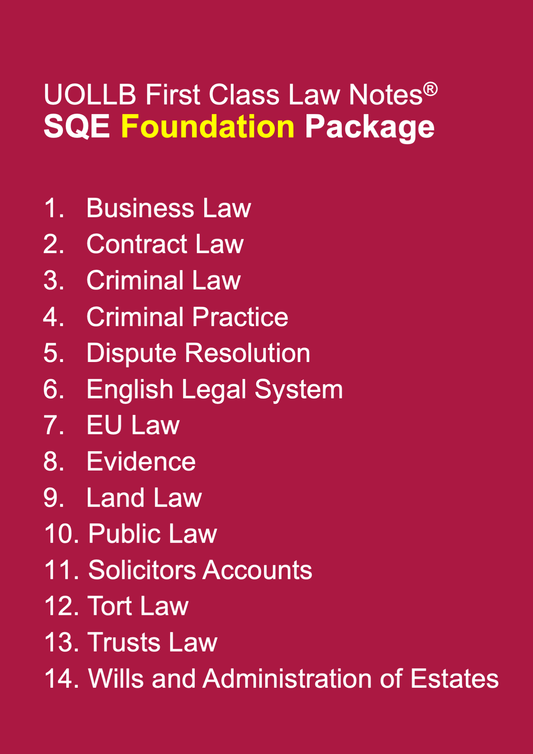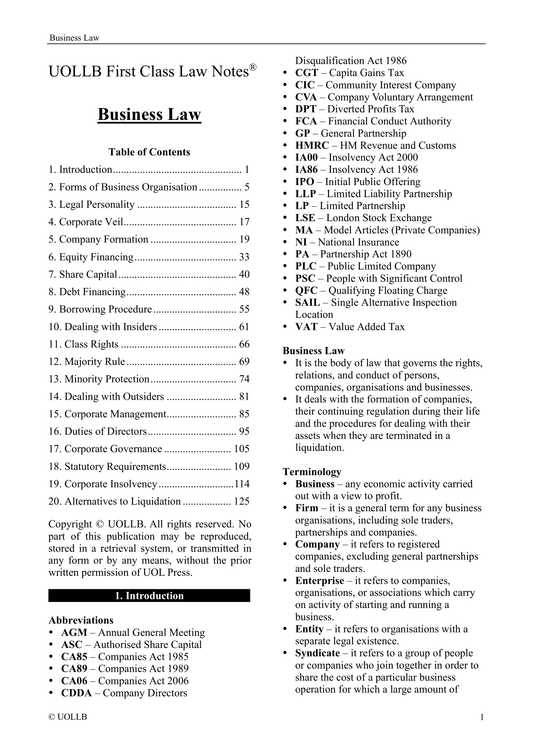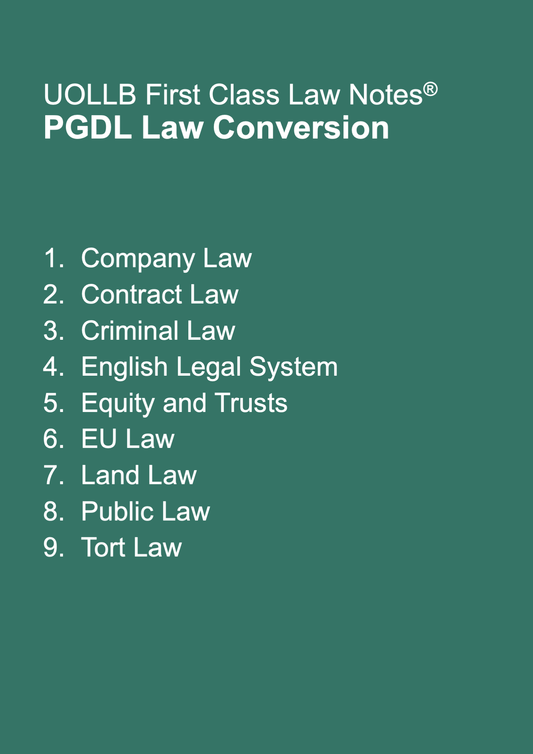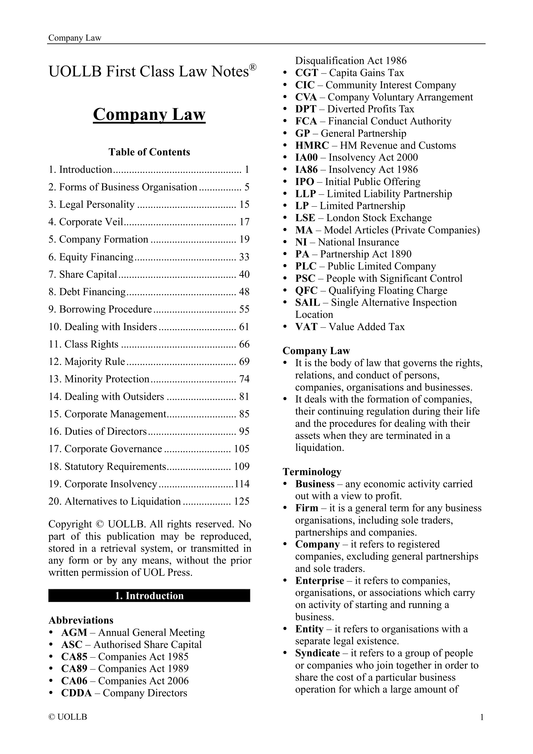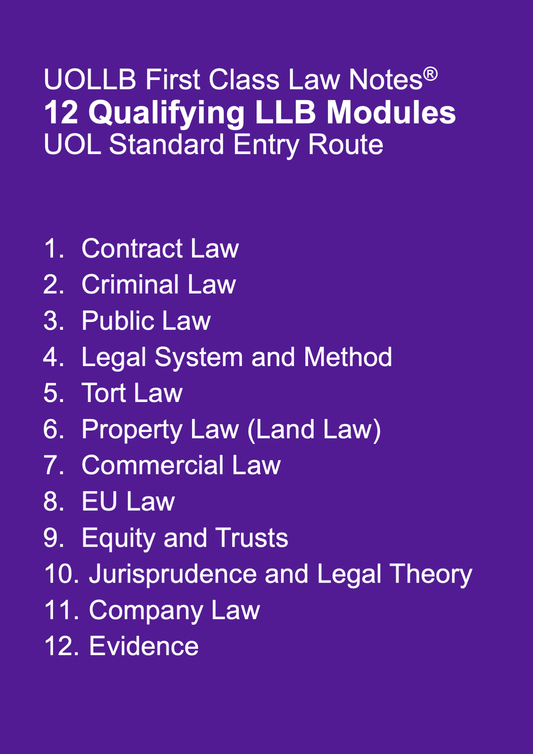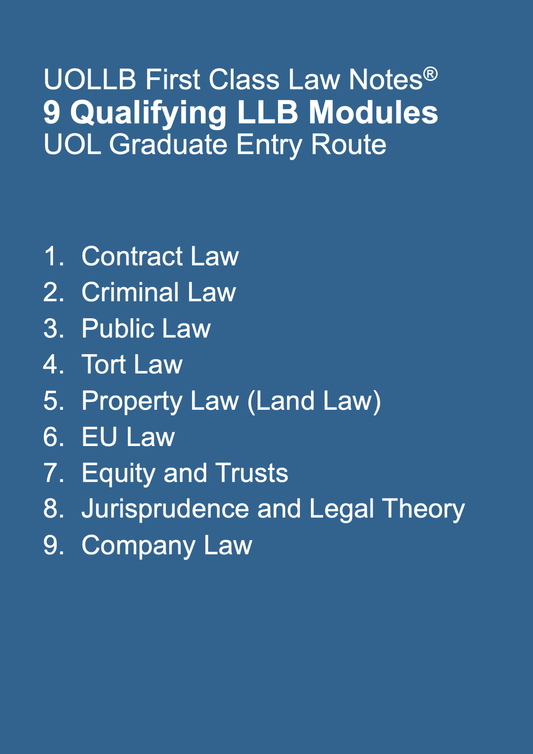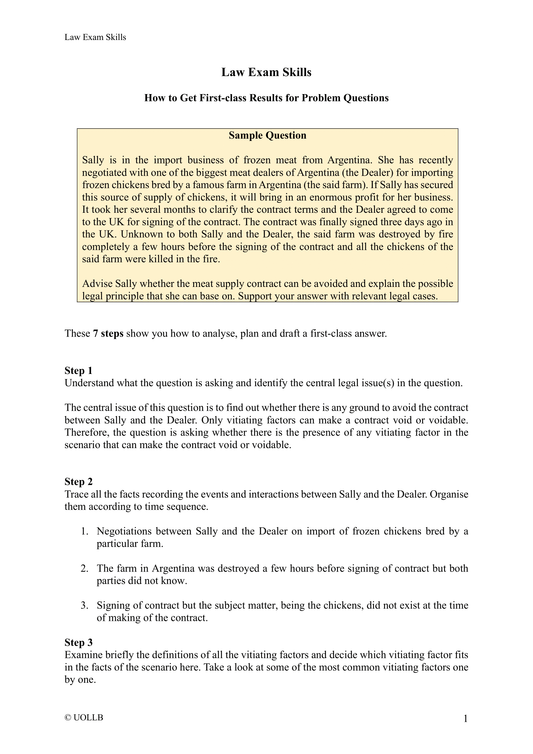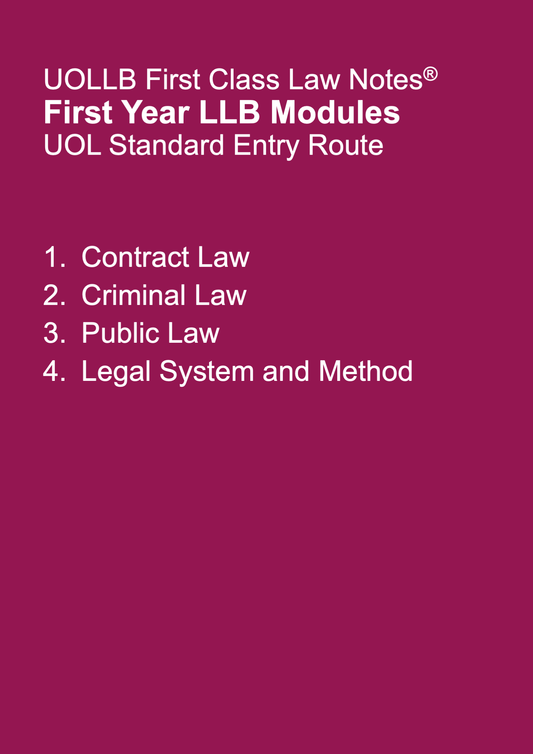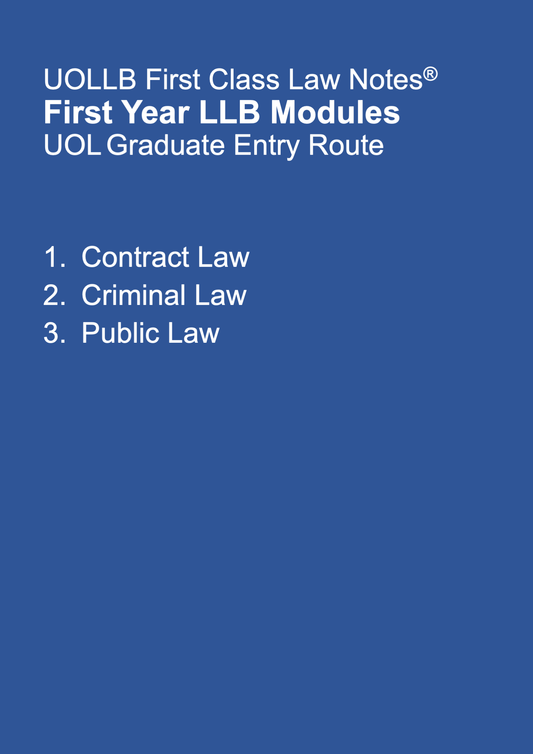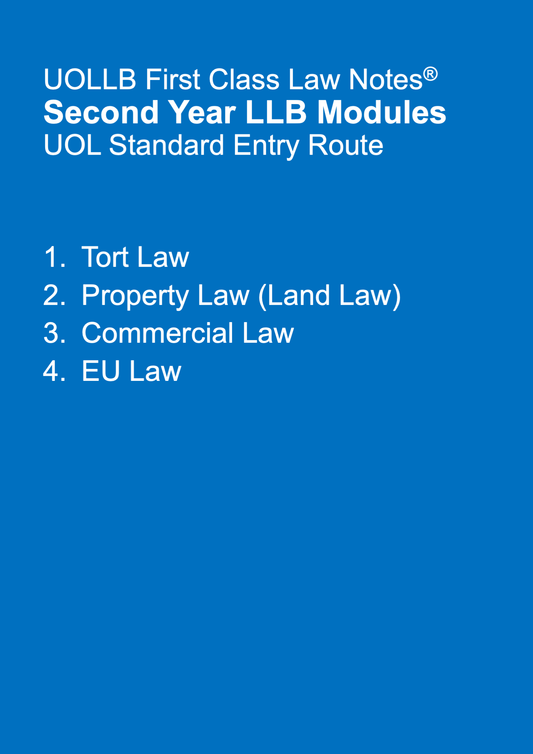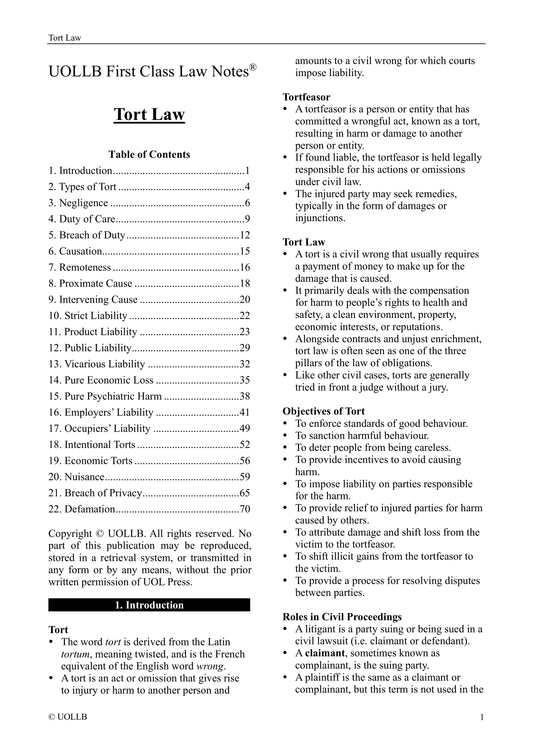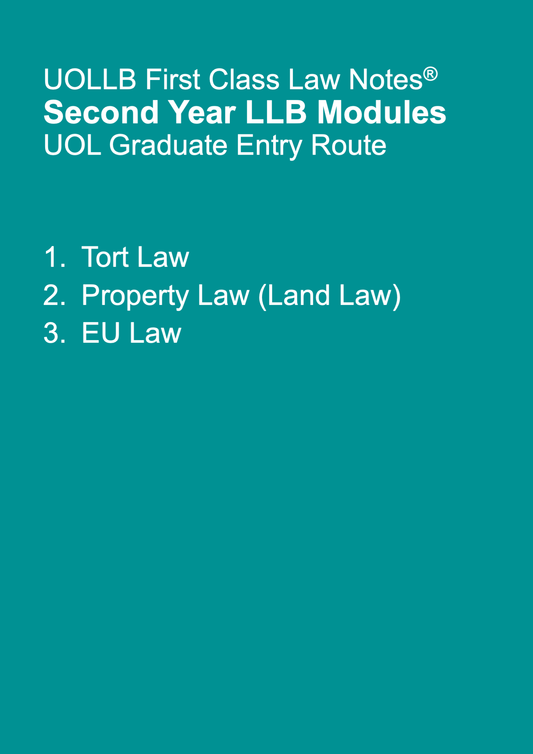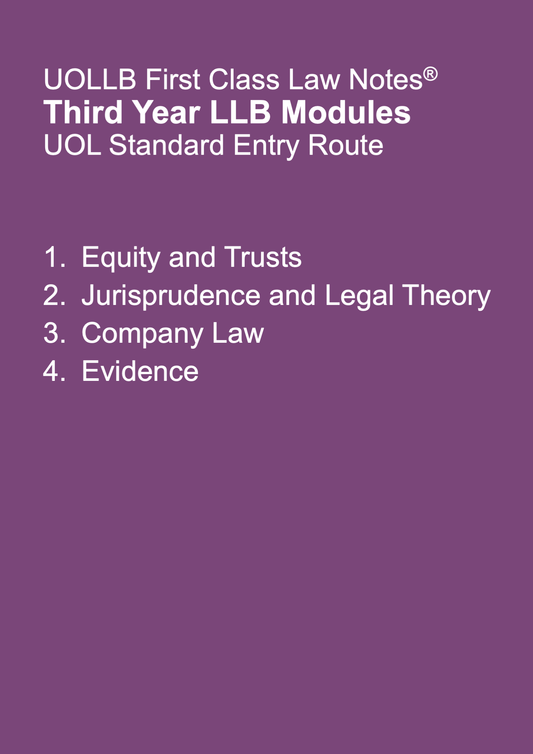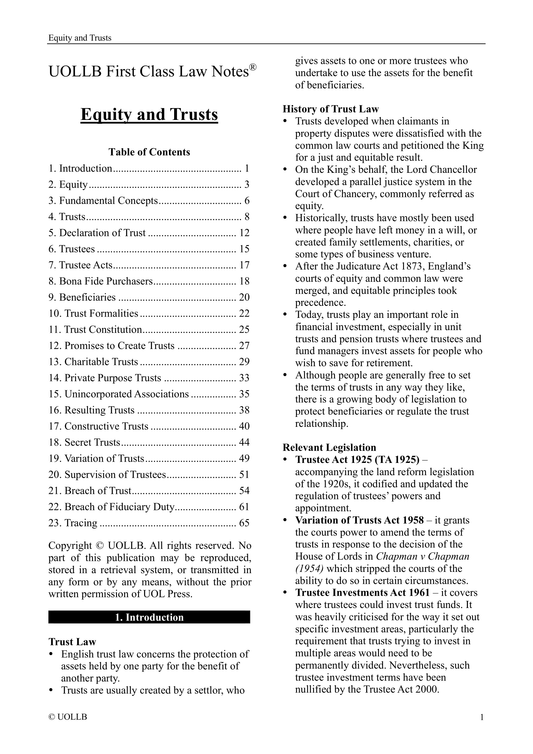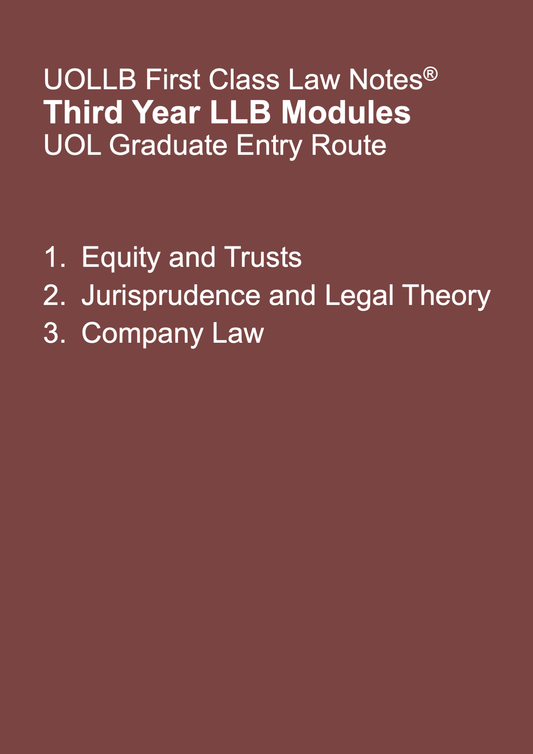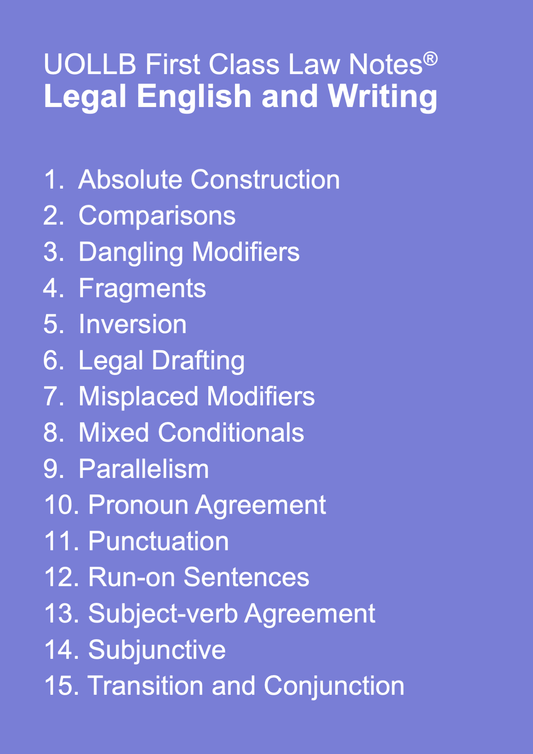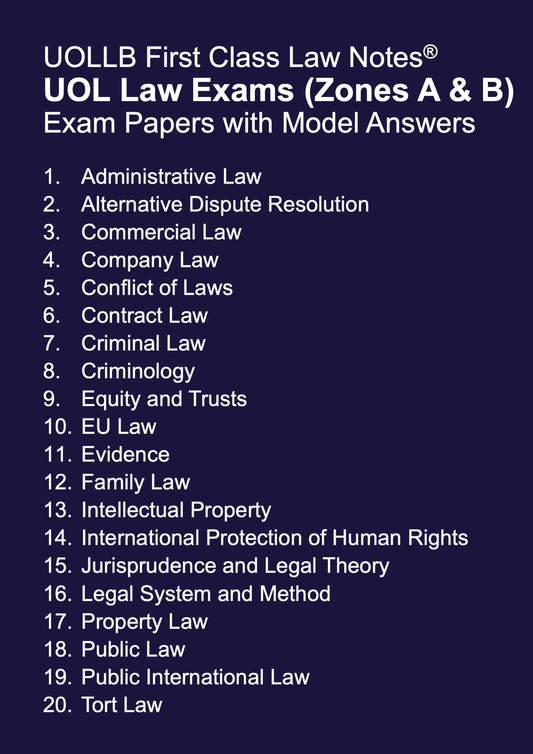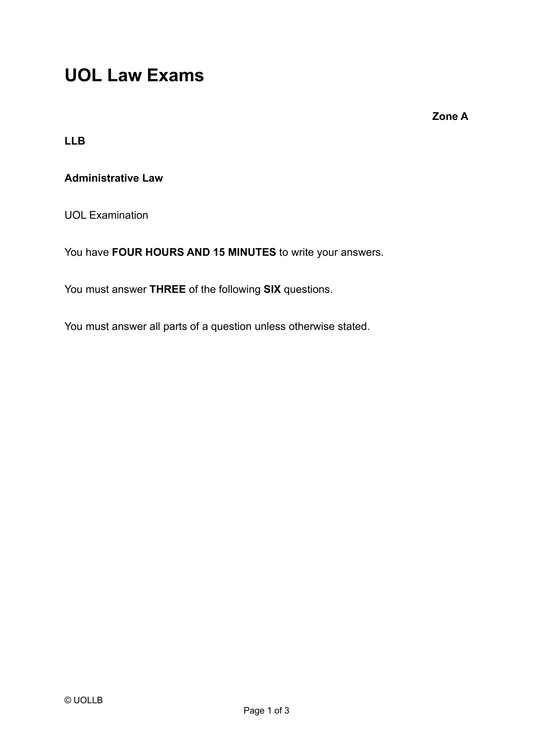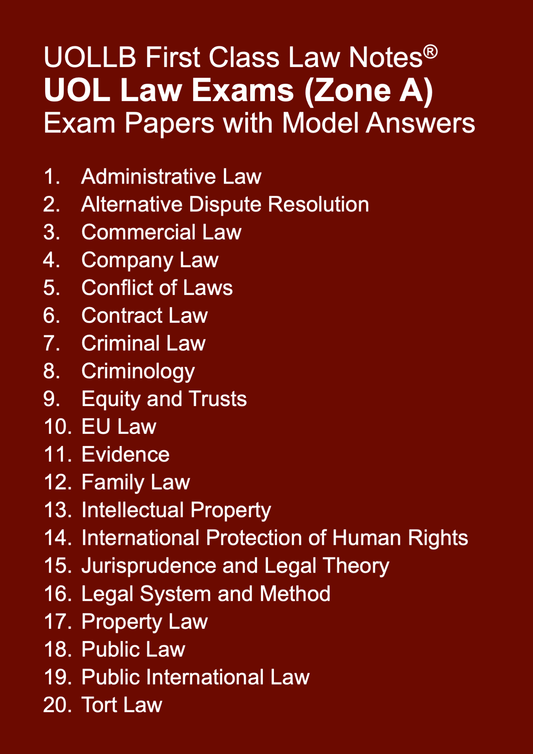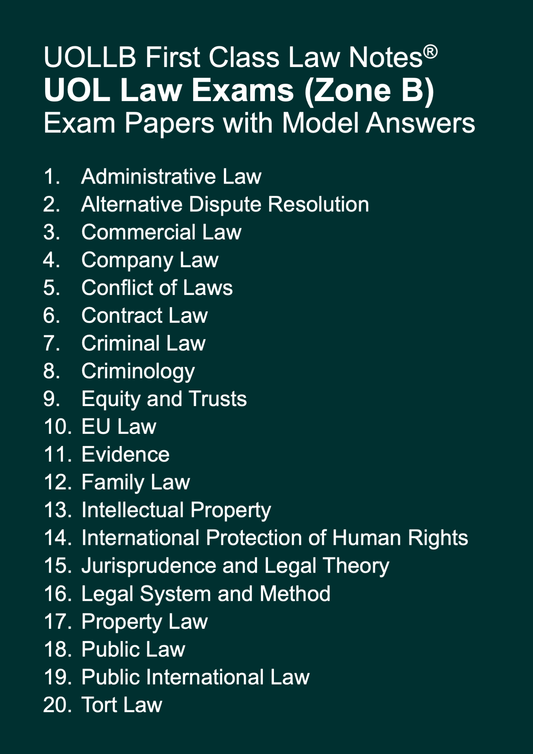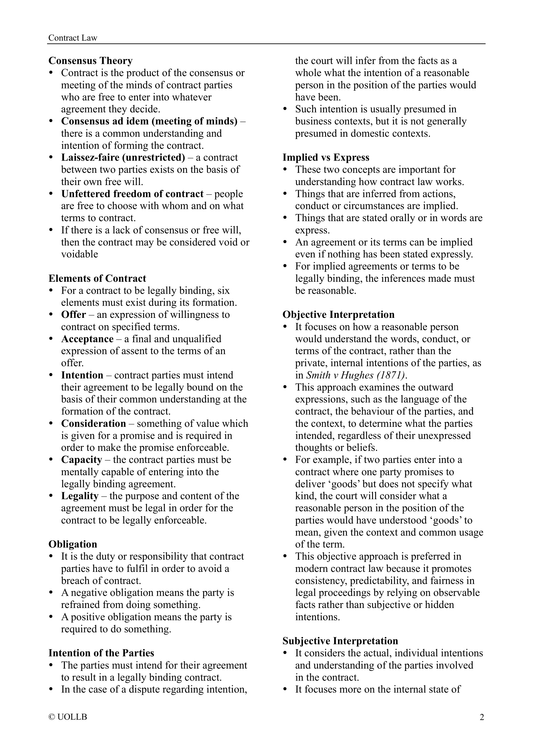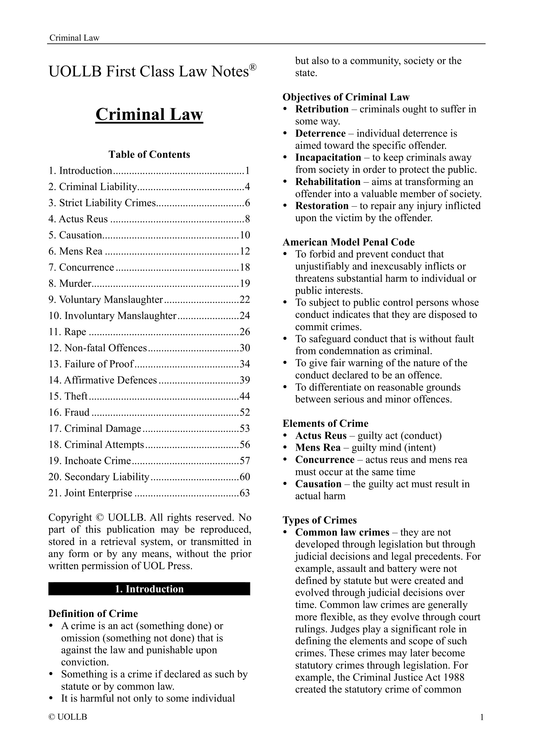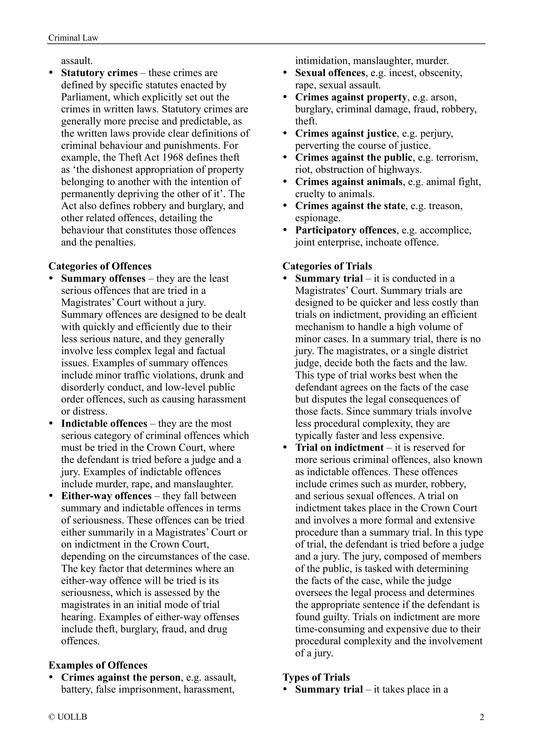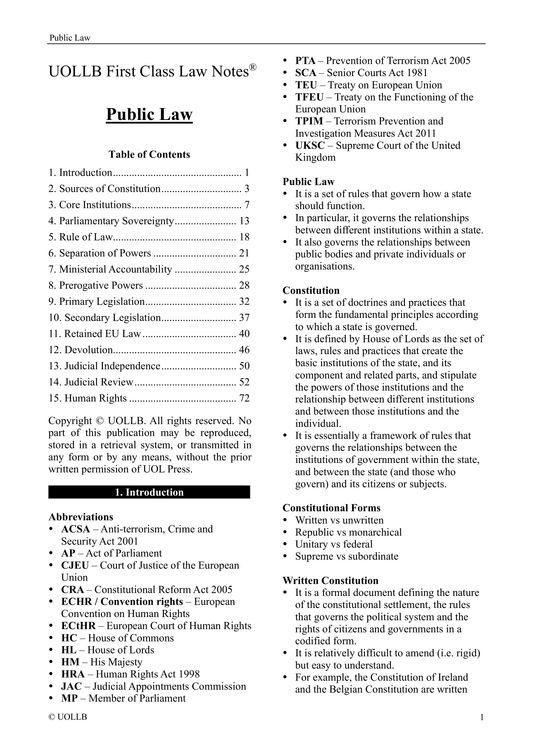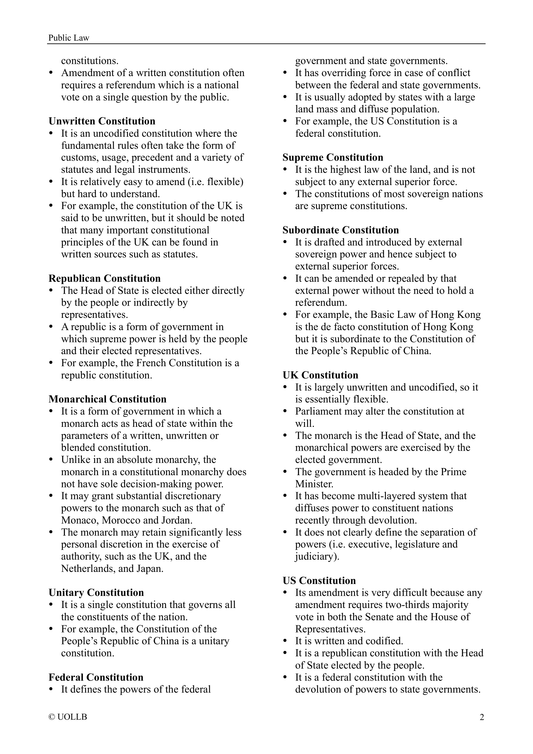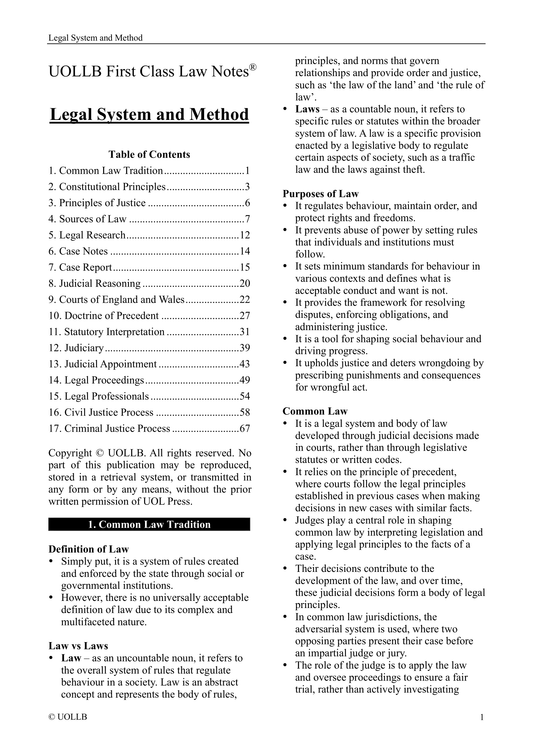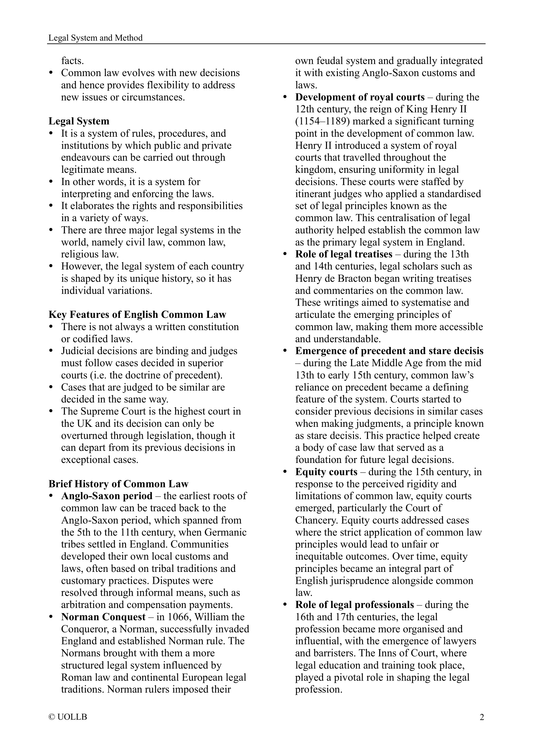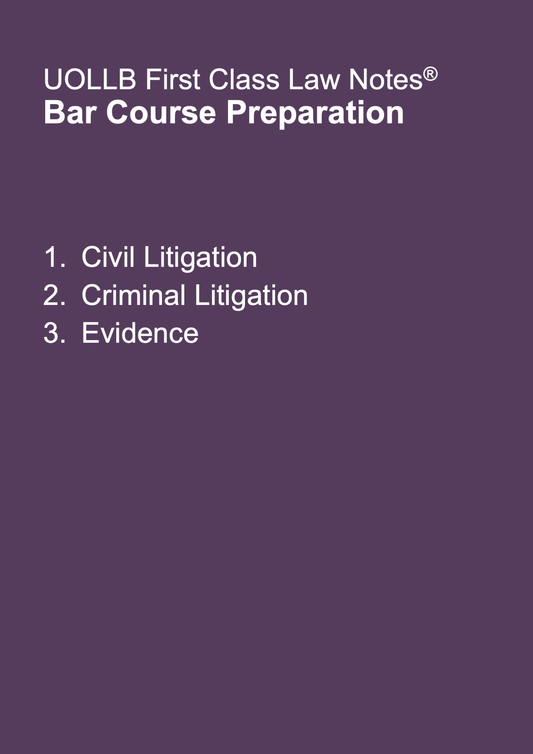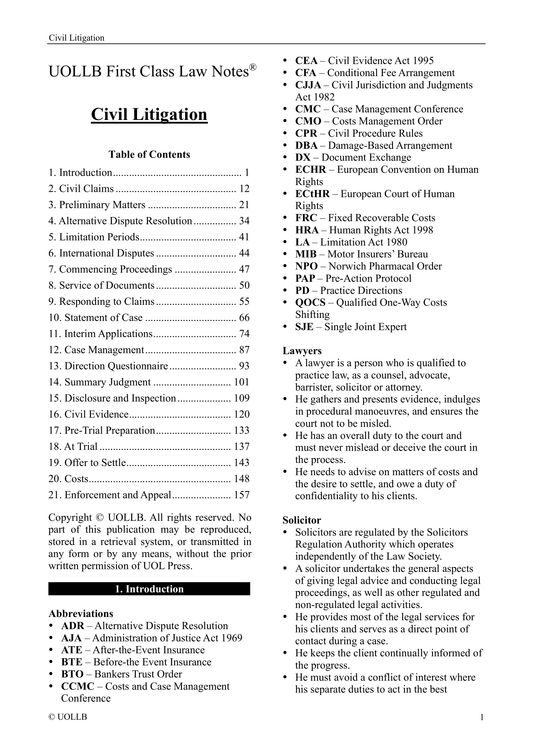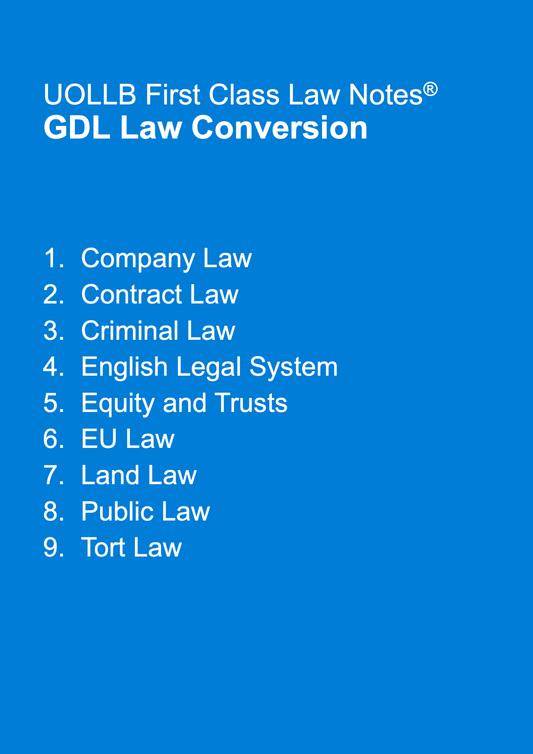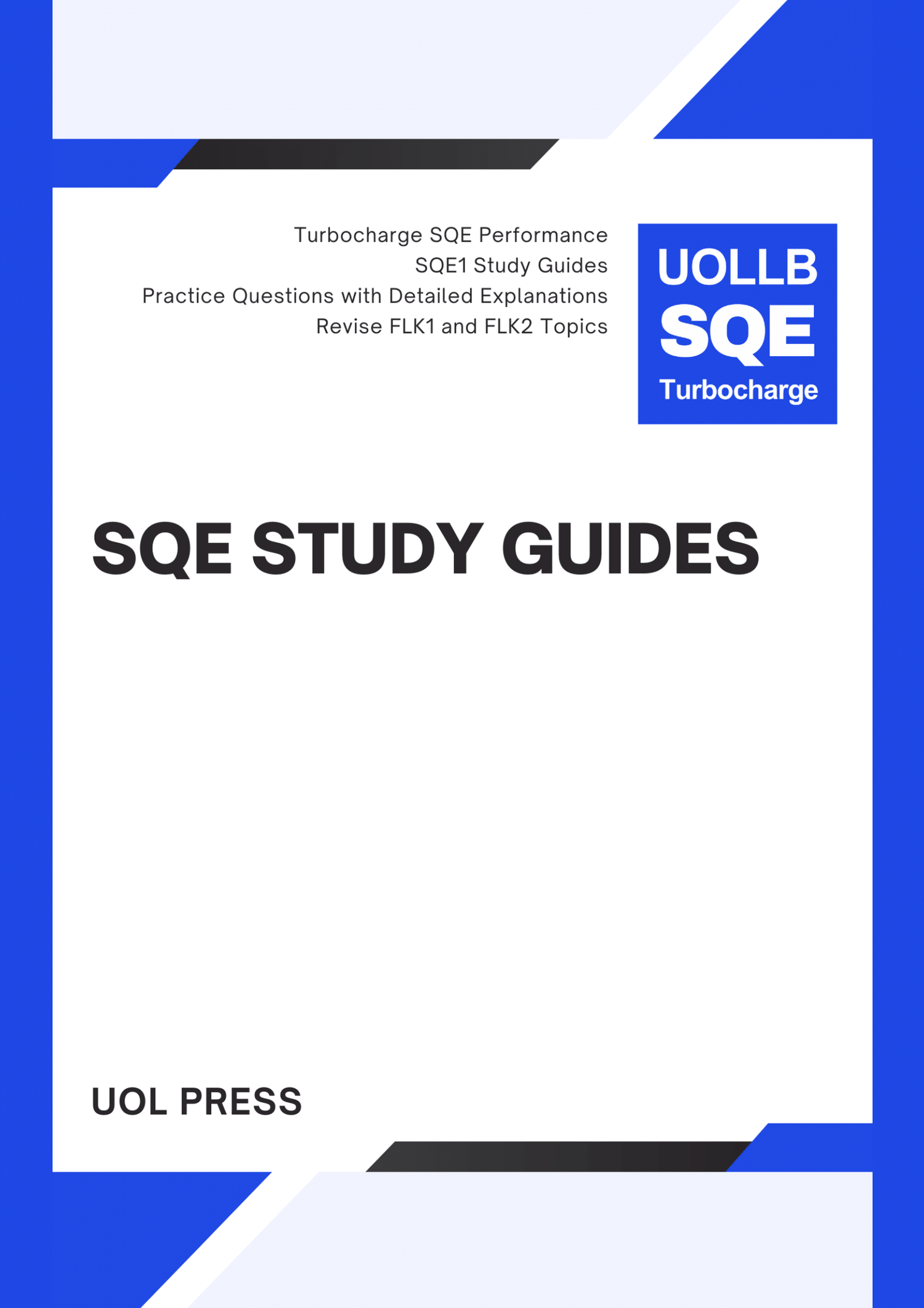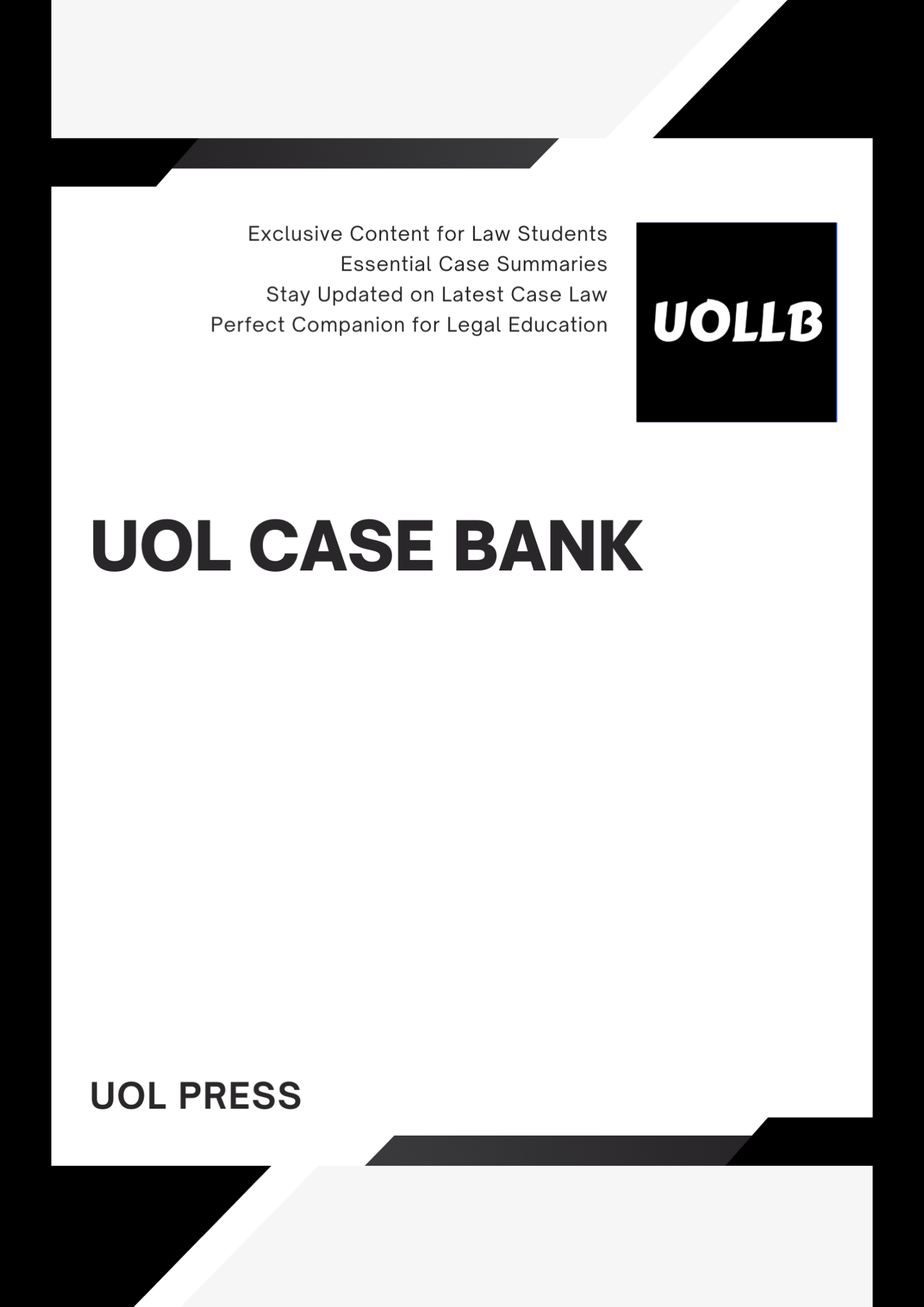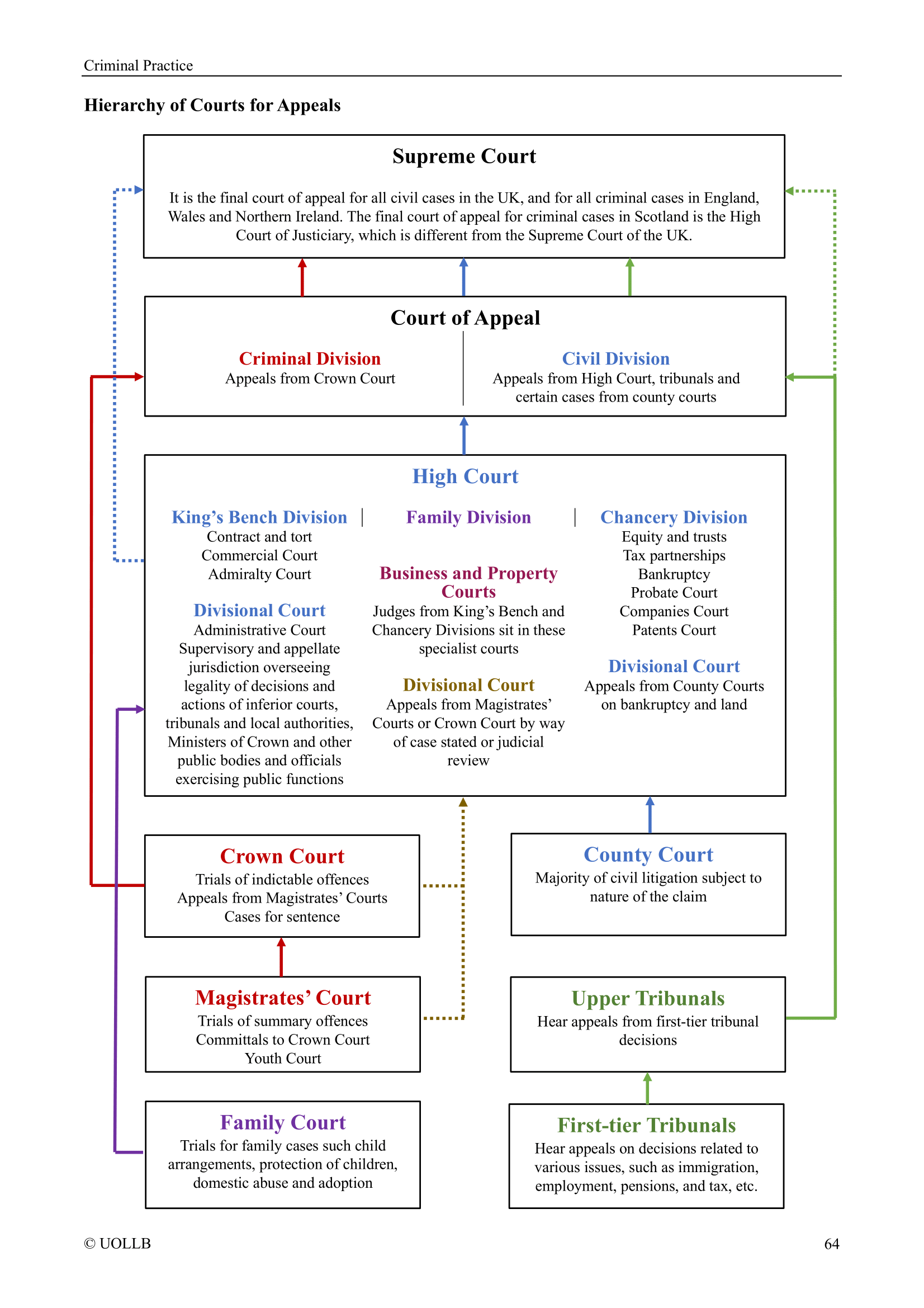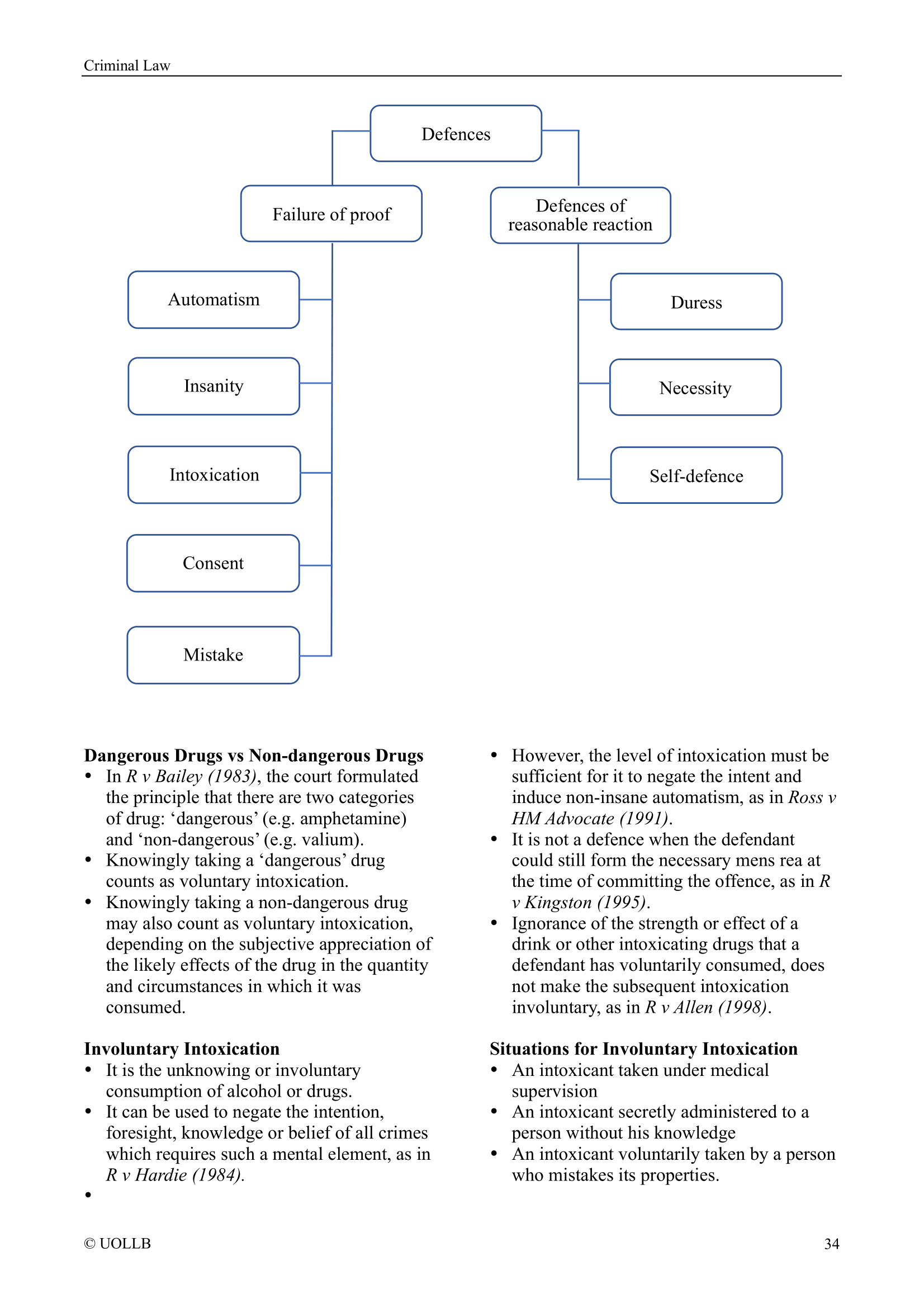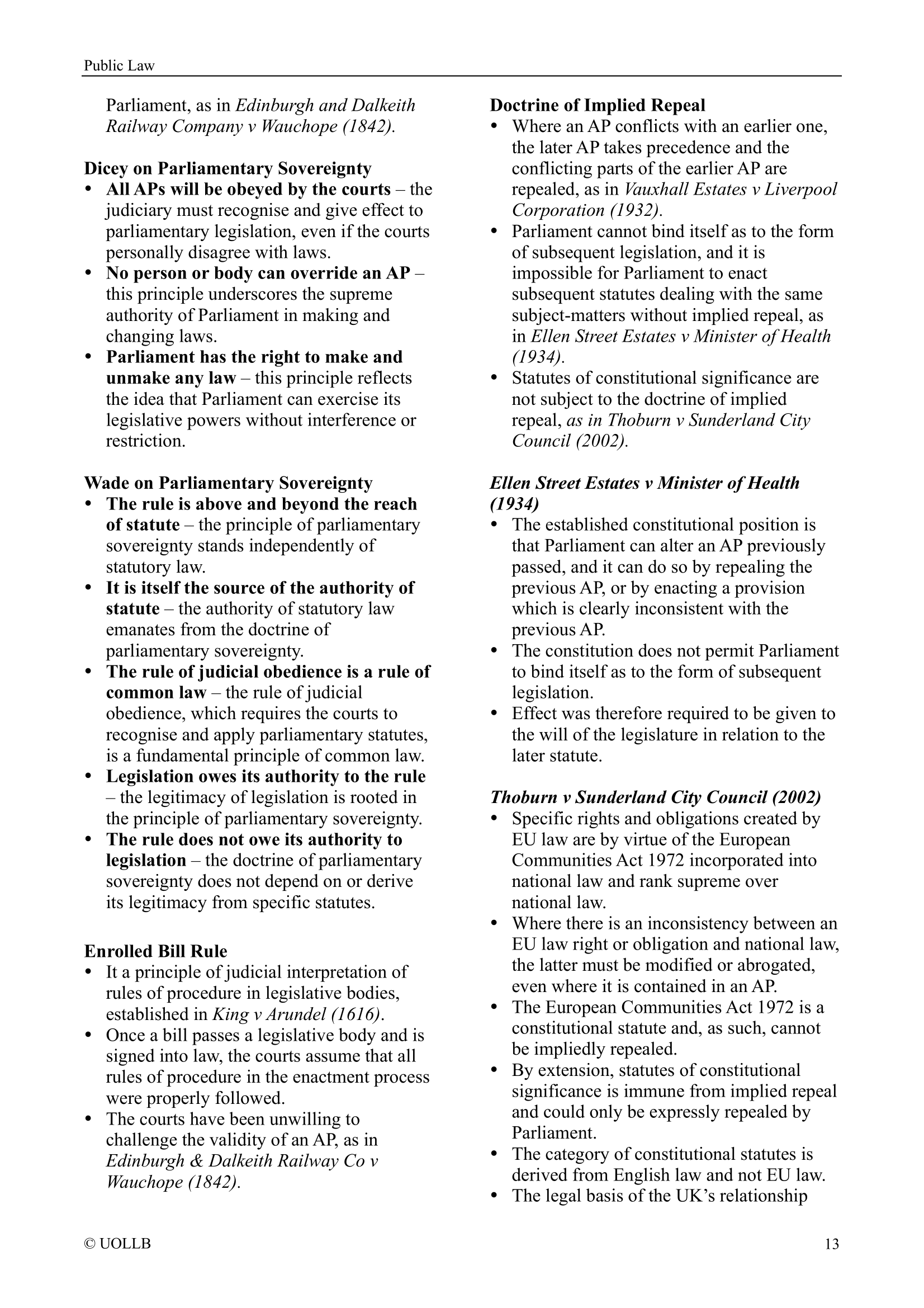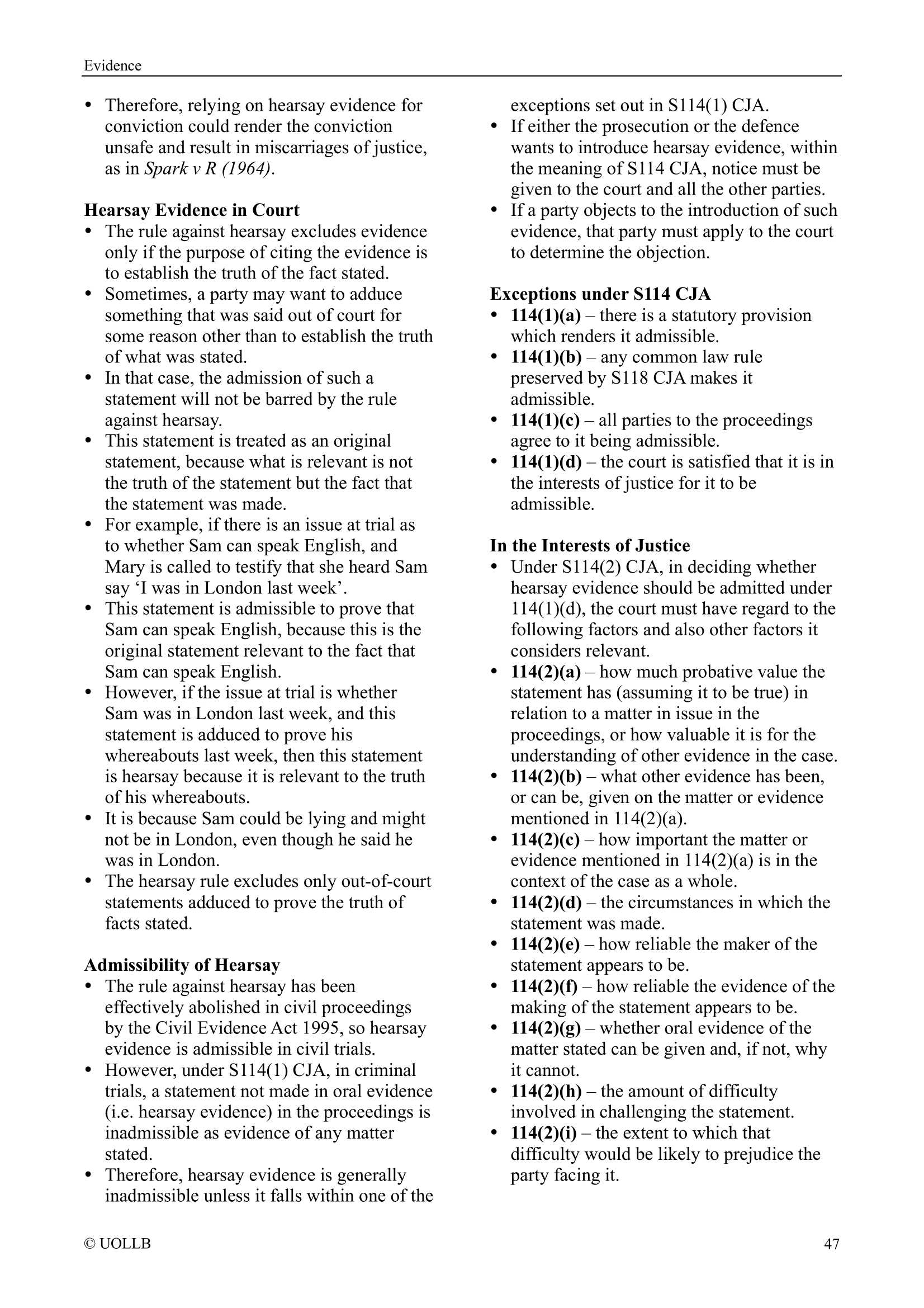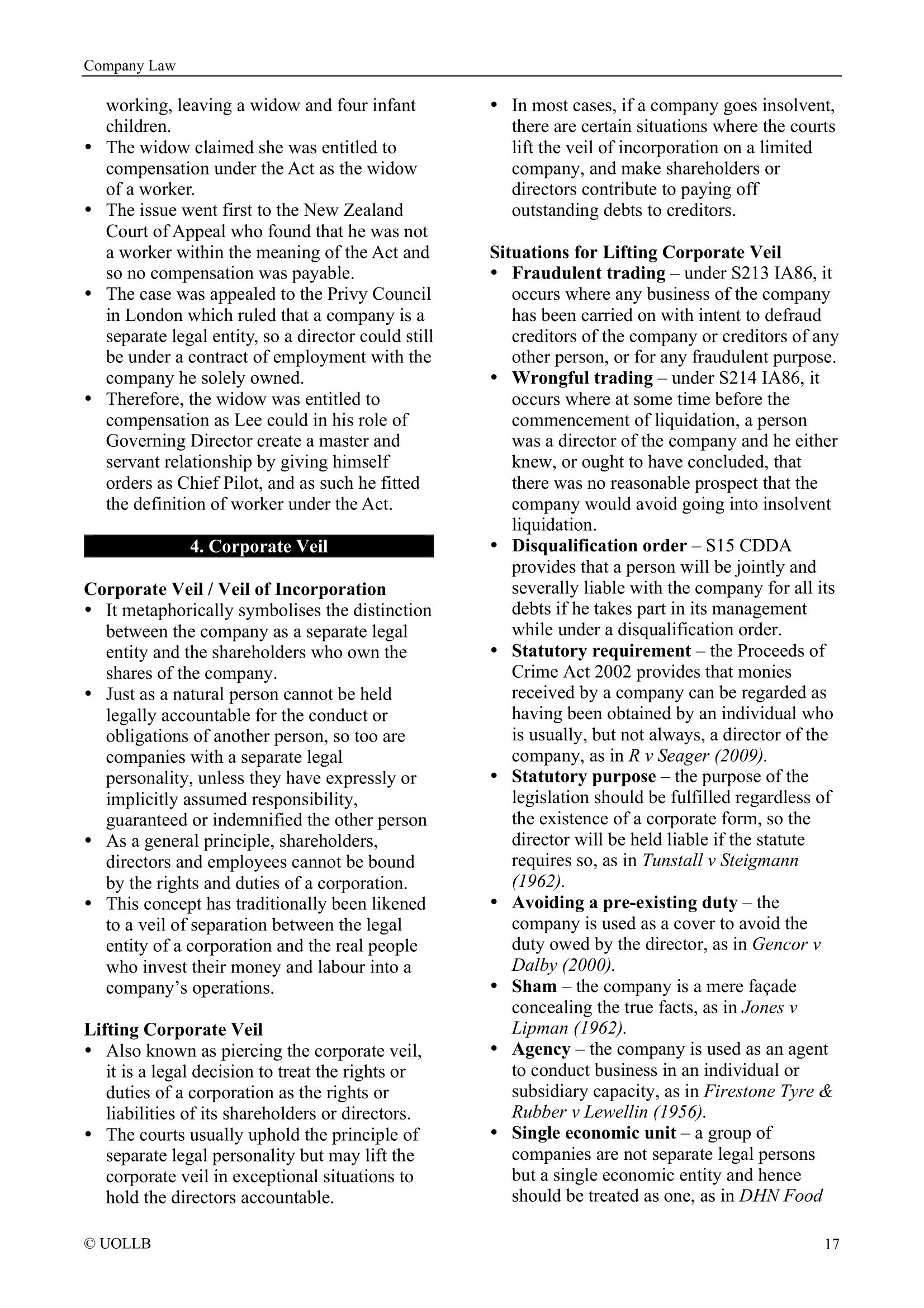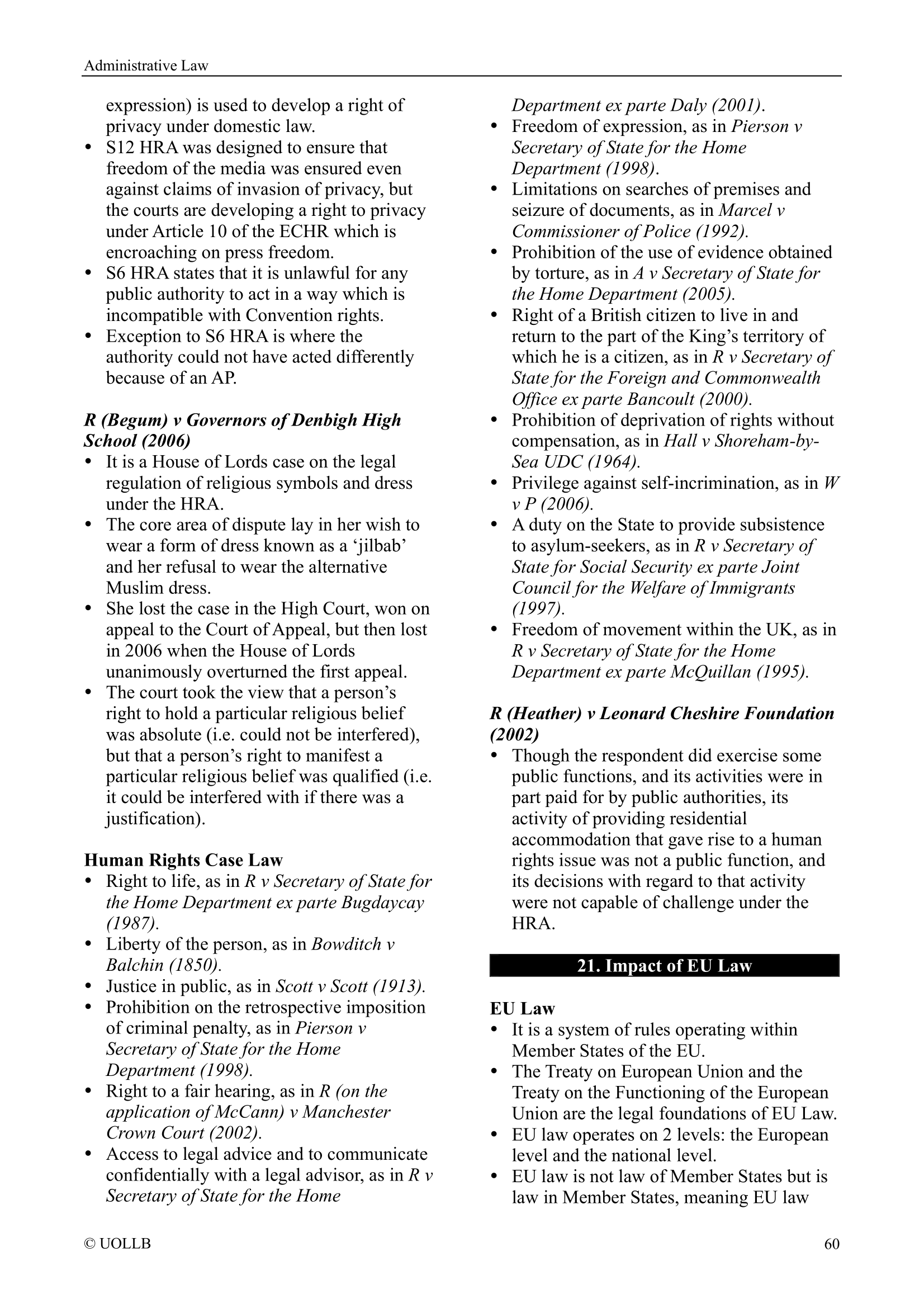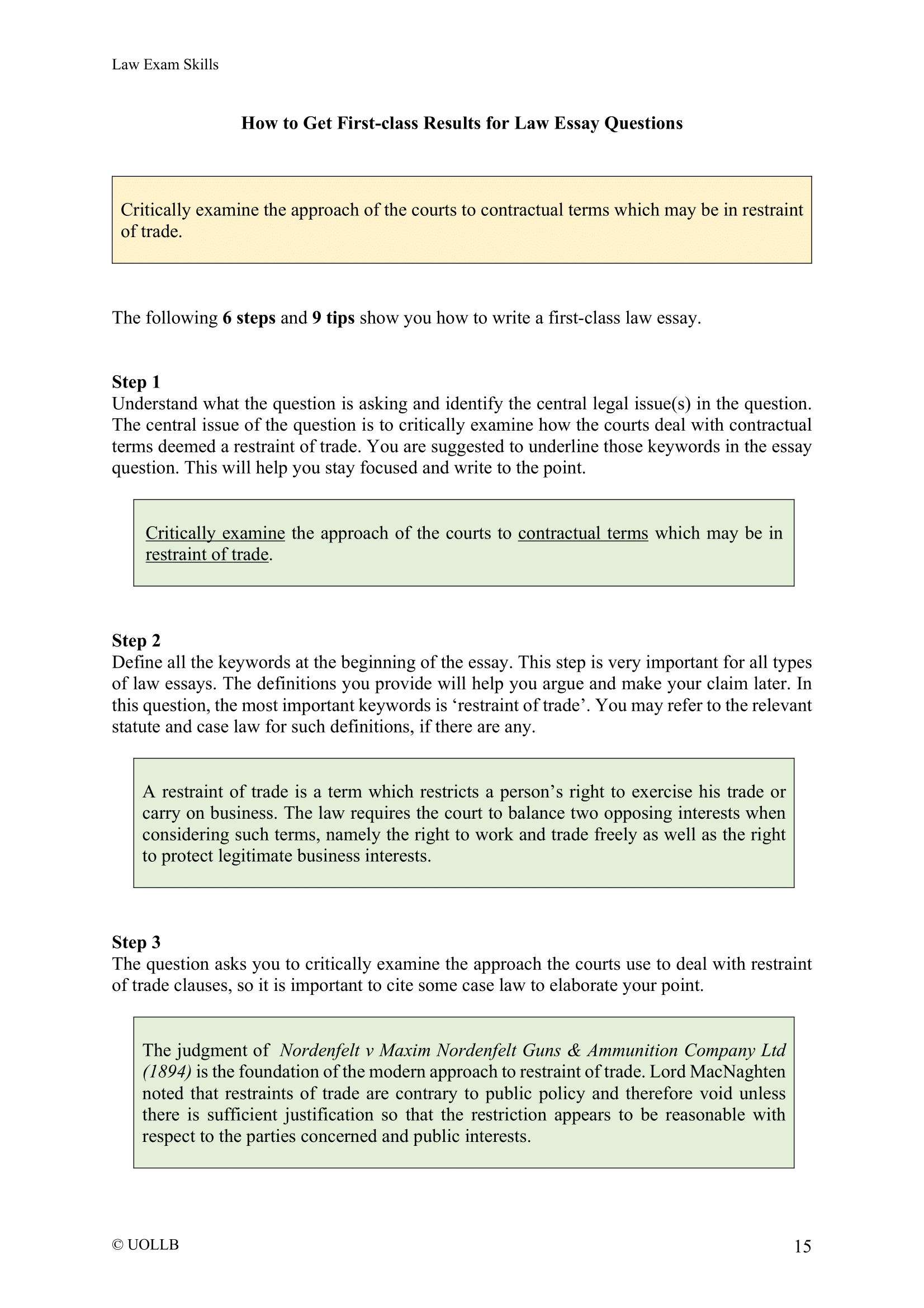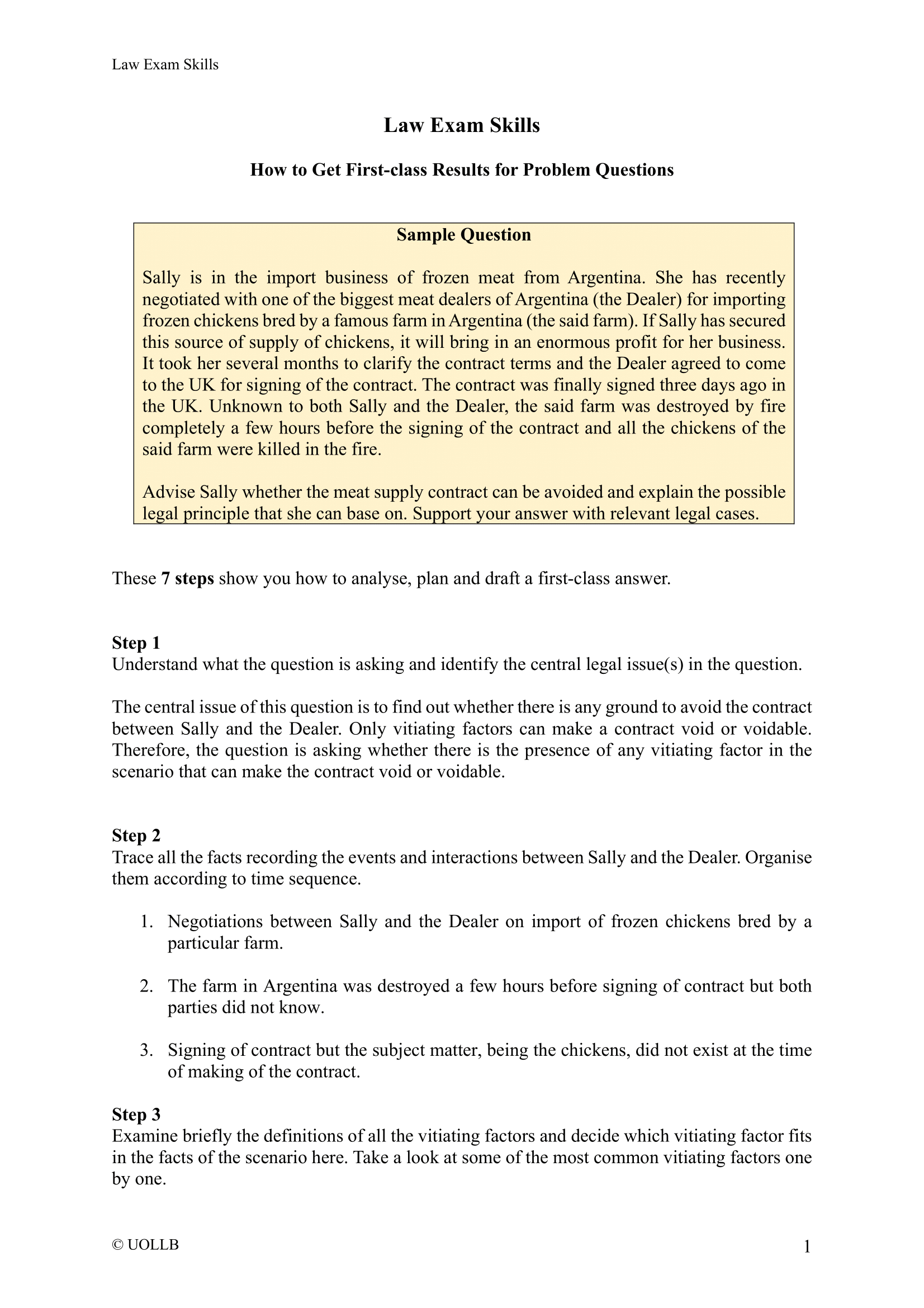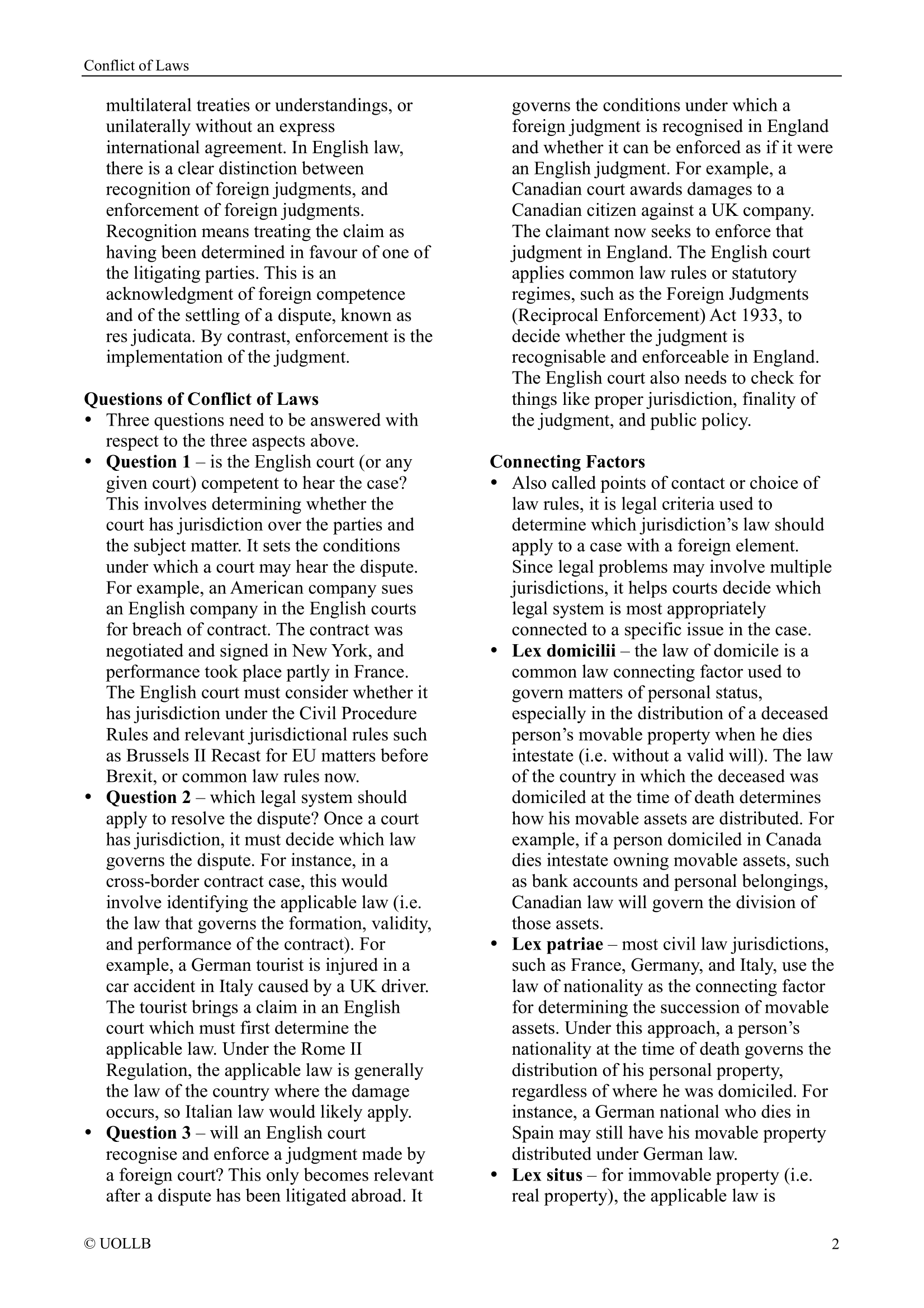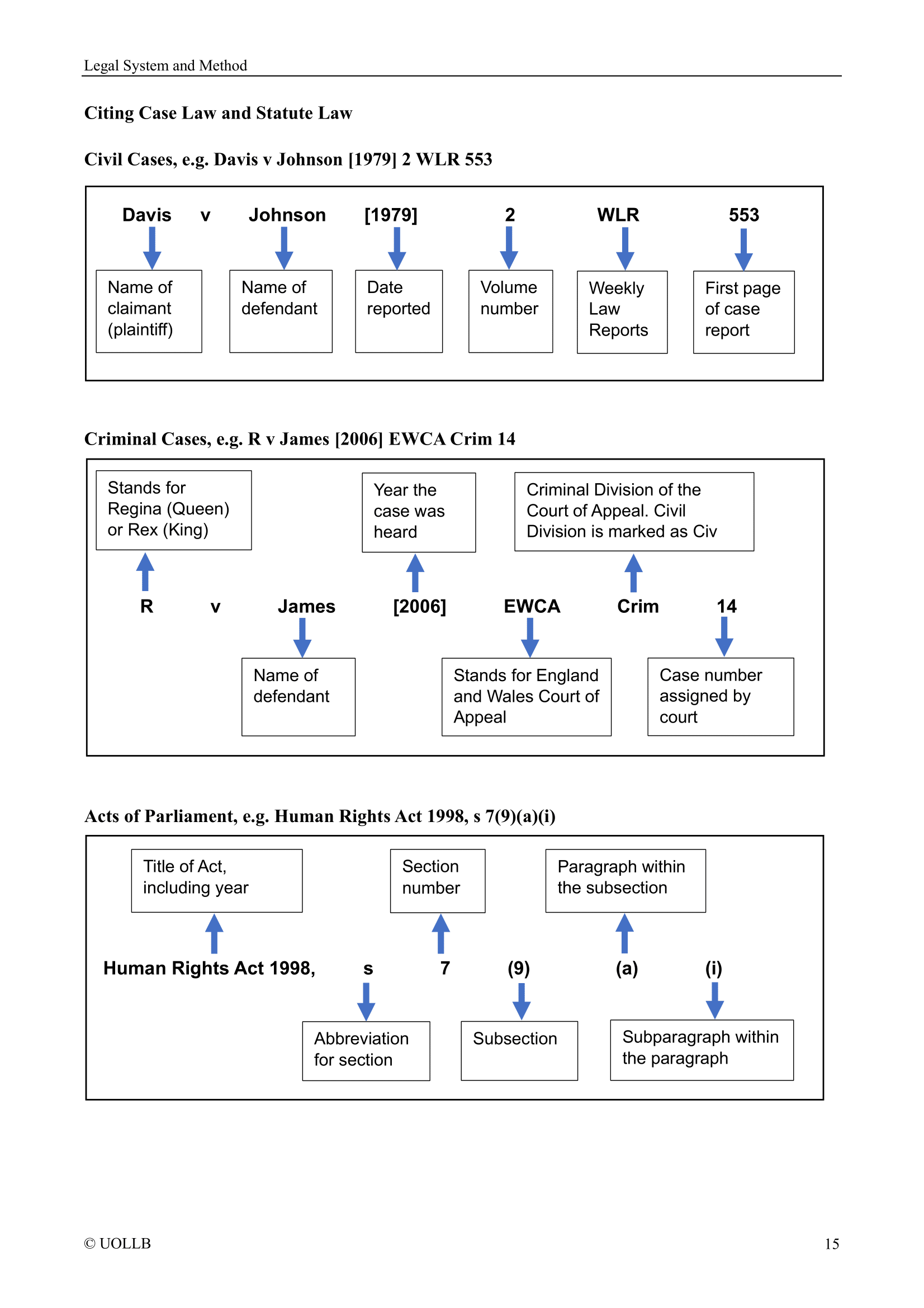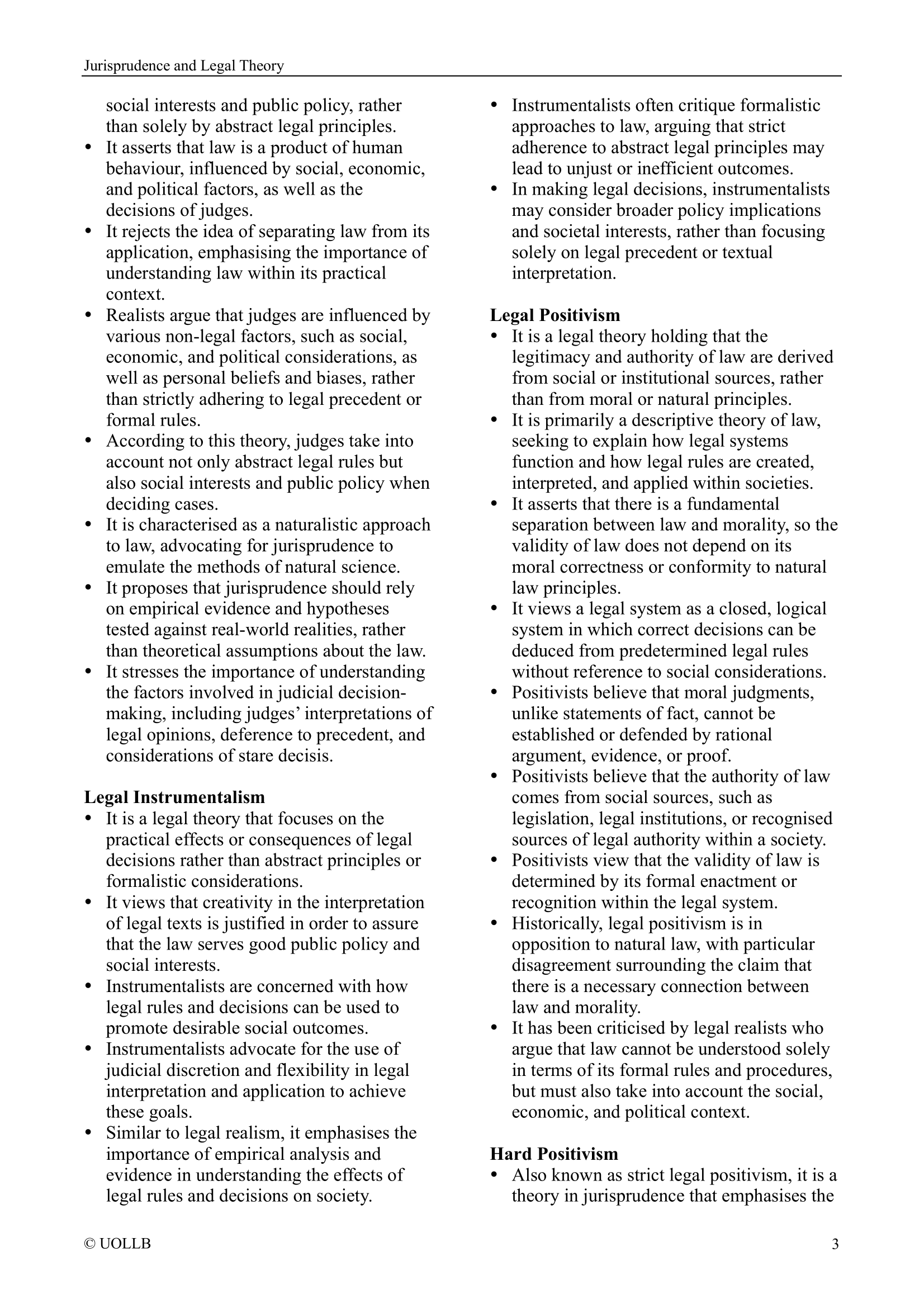1967 Protocol to Status of Refugees
Share
The 1967 Protocol Relating to the Status of Refugees is an important international legal instrument that expanded the scope of protection provided by the 1951 Convention Relating to the Status of Refugees.
Removal of time and geographic limitations: The 1967 Protocol removed the time and geographic limitations that were initially included in the 1951 Convention. The Convention initially applied only to refugees who became displaced before January 1, 1951, and within Europe. The Protocol removed these restrictions, allowing the convention's protection to extend to refugees regardless of the time or place of their displacement.
Universalisation of refugee protection: By removing the time and geographic limitations, the 1967 Protocol aimed to universalise the protection provided by the 1951 Convention. It ensured that individuals who became refugees after the Convention's initial cut-off date or outside of Europe could also benefit from the rights and protections enshrined in the Convention.
Expansion of states' obligations: The Protocol expanded the obligations of states that accede to it. States that become parties to the Protocol are required to apply the provisions of the 1951 Convention to all refugees within their territories, regardless of when or where they became displaced. This includes granting them the rights and protections outlined in the Convention.
Accession to the protocol: The 1967 Protocol allows states to become parties to it by acceding to the Protocol separately from the 1951 Convention. This means that states can choose to become bound by the provisions of the Protocol without being parties to the original Convention.
Complementing the 1951 Convention: The 1967 Protocol is closely linked to the 1951 Convention and is often referred to as a supplementary instrument. It does not replace the Convention but builds upon it, ensuring that the protection of refugees is not limited by time or geography.
Widely ratified instrument: The 1967 Protocol has been widely ratified and has nearly universal acceptance. As of September 2021, it has been ratified by 148 states, making it one of the most widely supported human rights instruments in the field of refugee protection.
The 1967 Protocol has played a crucial role in expanding the protection of refugees globally and ensuring that the rights and obligations enshrined in the 1951 Convention are universally applicable. It has contributed to the recognition that all individuals who meet the criteria of a refugee, regardless of the time or place of their displacement, deserve equal protection and support under international law.
